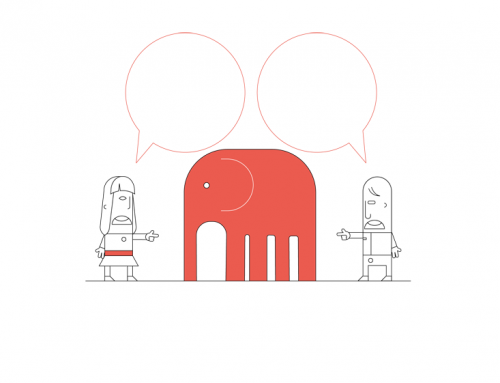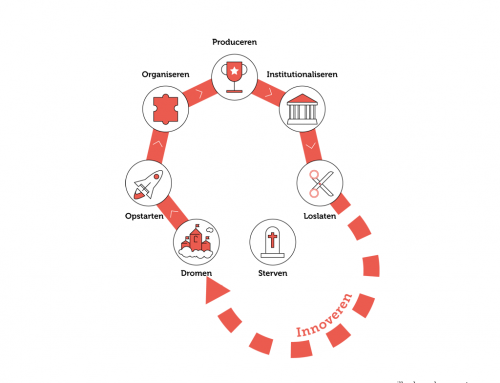Leren van ganzen
Onderstaande tekst werd me gestuurd door één van de vele trouwe lezeressen van deze blog;-), waarvoor dank want het is bijzonder toepasselijk!
Wat betreft leiderschap kunnen wij mensen veel van (andere) dieren leren, lees bijvoorbeeld hieronder hoe wij van ganzen kunnen leren.
Zogenaamd domme ganzen.
Are you a team leader or just the chief ‘doer?’
By Adrian Gostick and Chester Elton
In business, leaders need their teams to succeed. Simple concept, right? So then why do so many managers spend the majority of our attention completing our own work, addressing clients’ needs or worrying about our bosses?
Why? Because managers too often view themselves as the senior “doer” on a team.
Our new research on teamwork for The Orange Revolution turned up some interesting highlights on managers. We found leaders of breakthrough teams view their primary role not as doers or even task masters, but as facilitators who smooth the pathway forward.
Marilynn Brewer first described the type of give-and-take relationship that is evolving between breakthrough teams and their leaders in the Journal of Social Issues. She called it obligatory interdependence. It’s a fancy name for this idea: to survive as a species, human beings must learn to depend on each other. Translated to business, the rule of the jungle changes to: A leader can’t go it alone.
We turn to nature to prove the point. Scientists in France first explained why migratory birds such as geese fly in a V-shaped formation. The aerodynamic V certainly reduces the air resistance that each bird experiences compared with a bird flying solo, allowing the animals to cover longer distances with much less effort—a near 70 percent increase before stopping to rest. But the birds’ heart rates also decrease when they are flying together and they are able to glide more often.
Of course, in the V formation, the bird in the lead position will experience a greater air resistance and will have to work harder than the others. But this is where the formation process is remarkable. When the bird in front tires, it falls out of the lead and allows another bird to take over. This exchange takes only a second or two, barely evident from the ground. The process—one bird flying in the lead until it becomes exhausted—continues throughout the migratory journey. Each bird takes a turn in front, because each has strength to give.
The parallel in business is entrusting different people to lead our many initiatives and supporting tasks; aligning skill-sets with specific responsibilities.
So much of team success depends upon strong leadership. However, the actual role of the leader is often misunderstood. A good leader is one who spends energy building and developing a strong team instead of always trying to lead from the front. If the strongest bird always led, it would get tired and the flock wouldn’t get nearly as far.
Ask yourself: Aren’t you most effective when you spend your time coaching and teaching instead of leading all the initiatives? In the end it is the strength of the team that matters. That’s when we get stuff done.


